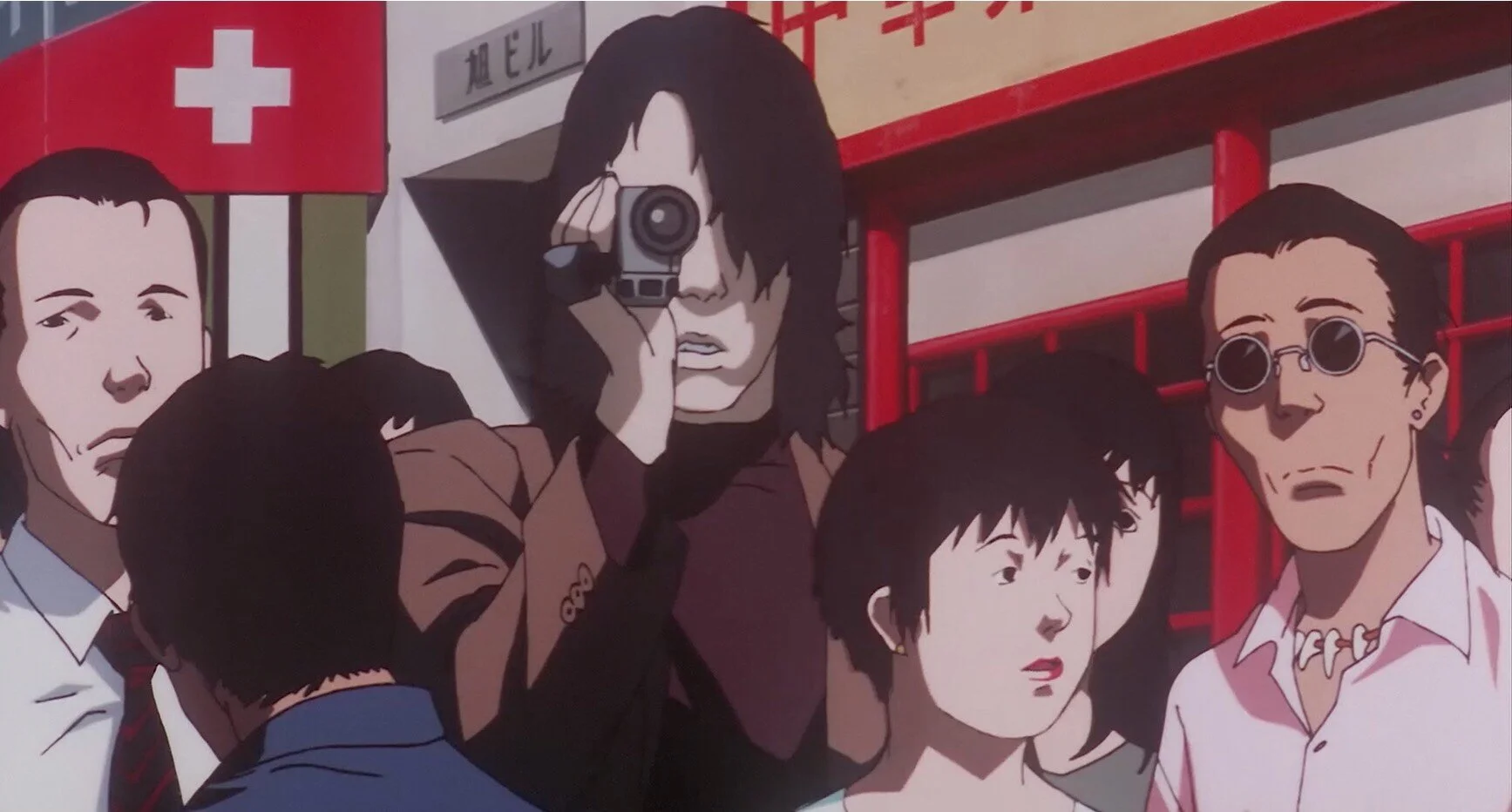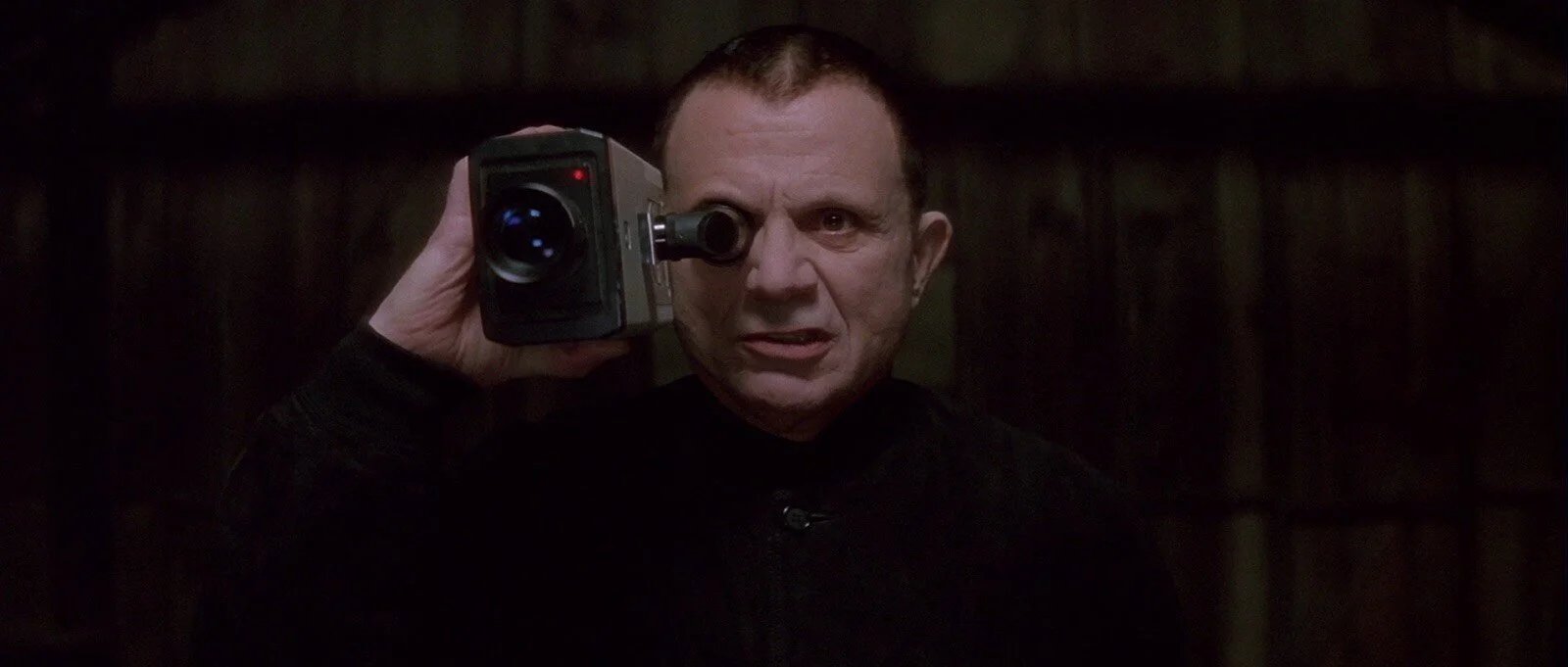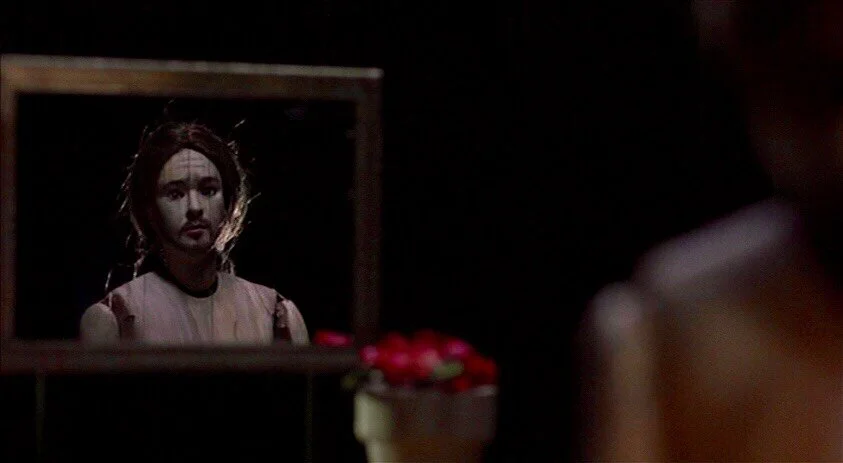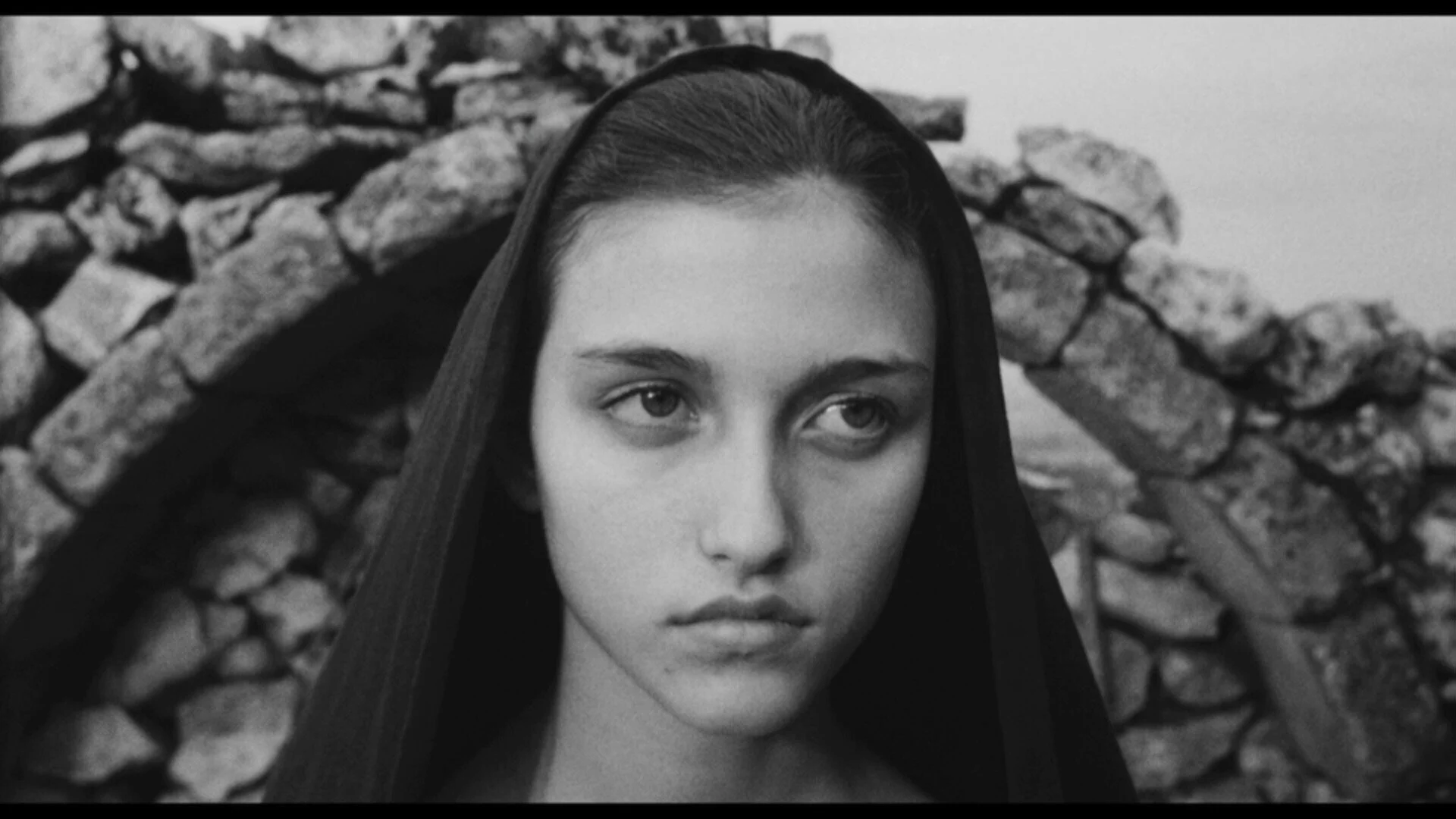Satoshi Kon
Celebrity obsession and mental illness collide in Satoshi Kon’s explosive anime film, Perfect Blue. Deserving of recognition among great psychological horror films such Roman Polanski’s Repulsion and Adrian Lyne’s Jacob’s Ladder, Perfect Blue proves that animated films can also be scary.
Originally intended to be a live action film until the Kobe earthquake of 1995 damaged the production studio where it would be filmed. It was then that the creators decided to tell the story of Perfect Blue through animation. This decision would prove to be much more effective as it adds an extra level of surprise to the story. We are used to seeing animated films telling stories for children with two-dimensional characters but Perfect Blue hits the viewer like a bus as it goes into very adult and complex themes. Not to mention it also includes disturbing violence and a disorienting editing style that becomes more and more unsettling as the film progresses.
Perfect Blue tells the story of Mima, a J-Pop singer who quits her band to become an actress. Fearing that she will live in the shadow of her squeaky-clean pop singer persona, Mima takes on a daring roll on a television show to shed her old image. Soon the stress of her new career and the growing threat of an angry, murderous stalker threaten her sanity and her life.
This film is elevated above other films of its genre thanks to its distinct editing style and its sound design. Scene transitions occur abrasively. Some songs even abruptly stop halfway as the main character moves from one location to another. The story moves harshly from flashbacks to the present and from the present to paranoid illusions. As Mima’s mind begins to deteriorate, we are no longer sure if we are watching scenes from her chaotic real life or scenes from the highly-demanding movie she is working on. To add to the tense mood of the film, a very creepy soundtrack that sounds like an album being played in-reverse, moves in-and-out of the film like a ghost.
Besides being a cautionary tale about the price of fame and the need to prioritize one’s own mental health, Perfect Blue is most importantly about the dangers women find themselves as they enter the entertainment industry. Female performers, unfortunately, many times become a target for mentally disturbed fans to project their own insecurities and mother issues unto them. This idea is beautifully conveyed by the haunting apparitions of the perfect and angelic J-Pop Mima versus the real and flawed Mima who is struggling to maintain her sanity. Perfection is not real and any attempt to keep up an image of perfection for others will eventually lead to disaster.
Perfect Blue
director SATOSHI KON
year 1999
director of photography HISAO SHIRAI
cast JUNKO IWAO, RICA MATSUMOTO and SHIHO NIIYAMA
words HECTOR ORTIZ
What to read next







